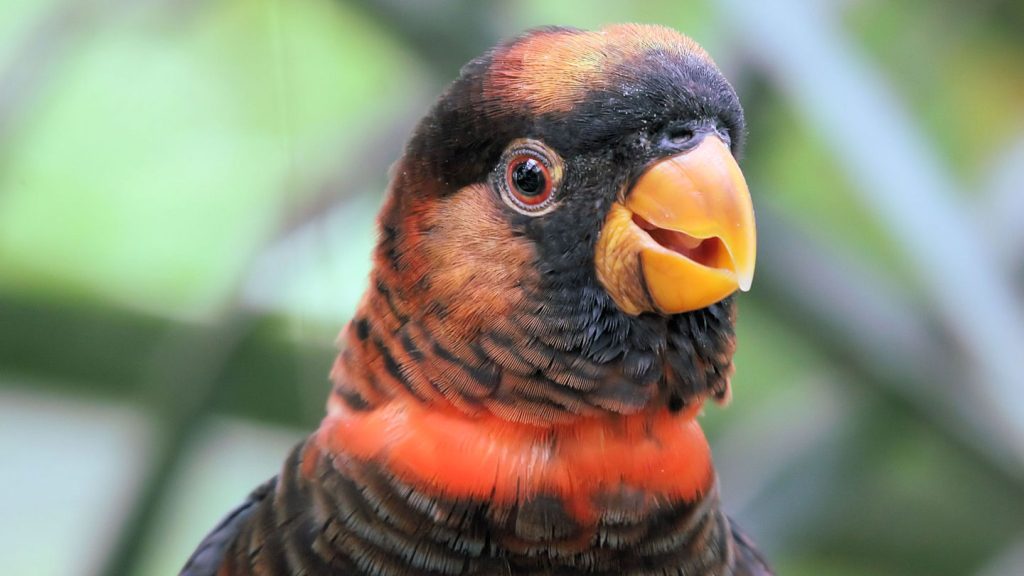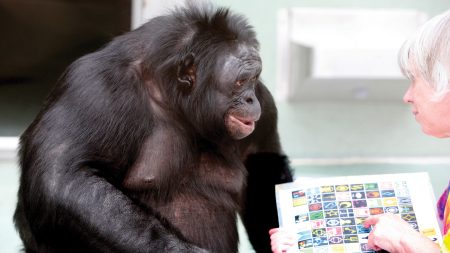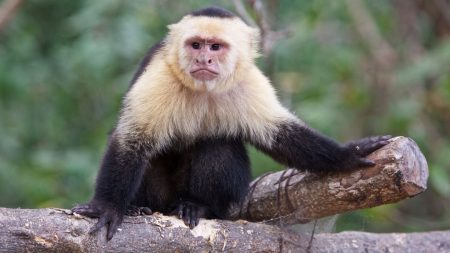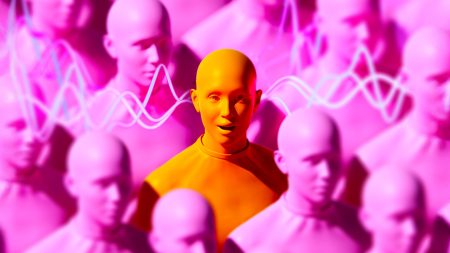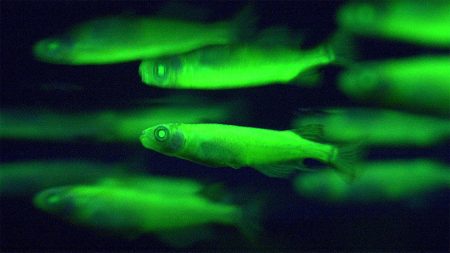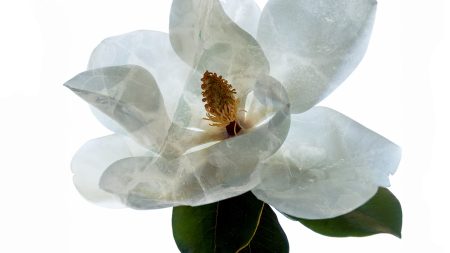Parrots boast feathers that display a wide range of vibrant colors, with hues such as yellow, red, and orange possible due to pigments called psittacofulvins found exclusively in these birds. Blue tones are attributed to nanostructures on the feathers, which can appear green when combined with the yellow psittacofulvins, while black, grey, and brown colors are controlled by melanin. A new study has found that an enzyme called ALDH3A2 plays a crucial role in determining the shades of parrots’ colorful plumage by altering the chemical composition of the psittacofulvin pigments, which are primarily made of carbon molecules, through a process called oxidation.
Previously, it was known that another enzyme known as PKS was responsible for producing the red aldehyde-based psittacofulvins. The new study has shed light on the role of ALDH3A2 as a second step that converts red hues into yellow carboxylic acids. By studying parrot species like the dusky lory and rosy-faced lovebirds, the researchers discovered that ALDH3A2 is more active in yellow and green feathers compared to red, indicating its involvement in color transformations. The ratio of aldehyde- to carboxylic acid-containing molecules was found to create a spectrum of colors, with various combinations leading to different color outcomes, such as orange or purple feathers.
The ability to create a range of colors in parrot feathers through the interactions of psittacofulvins, melanin, and nanostructures offers insight into the mechanisms behind the diverse hues seen in these birds. The presence of yellow psittacofulvins in combination with blue nanostructures on rosy-faced lovebirds’ feathers results in green coloring, while different ratios of pigments can produce a variety of shades. Parrot psittacofulvins are chemically similar to carotenoids, pigments found in other bird species like cardinals, but the reason for their specific use in parrots remains a mystery. It is speculated that psittacofulvins may offer more durability in terms of feather coloration compared to carotenoids, potentially explaining the lasting vibrancy of parrot plumage.
The complexity of coloration in parrot feathers is influenced by the interplay of various pigments and structures, allowing for a wide array of hues to be achieved. With the ability to mix and match different types of pigments in feathers, parrots can exhibit striking and unique colors that span the entire color spectrum. By studying the chemical and genetic analyses of these birds, researchers have uncovered the role of ALDH3A2 in the color transformation process and its impact on the vibrant plumage of parrots. Understanding the mechanisms behind the emergence of different colors in parrots provides valuable insights into the biological processes that govern the stunning visual displays seen in these avian species.
Overall, the study highlights the intricate processes involved in determining the colors of parrot feathers, showcasing the importance of enzymes like ALDH3A2 in orchestrating the transformation of pigments. By unraveling the chemical and genetic basis of coloration in parrots, researchers have gained a deeper understanding of how these birds achieve their vibrant and diverse plumage. The findings shed light on the evolutionary adaptations that have shaped the colorful appearances of parrots and offer valuable insights into the biological mechanisms that underpin the stunning array of hues seen in these avian species.









